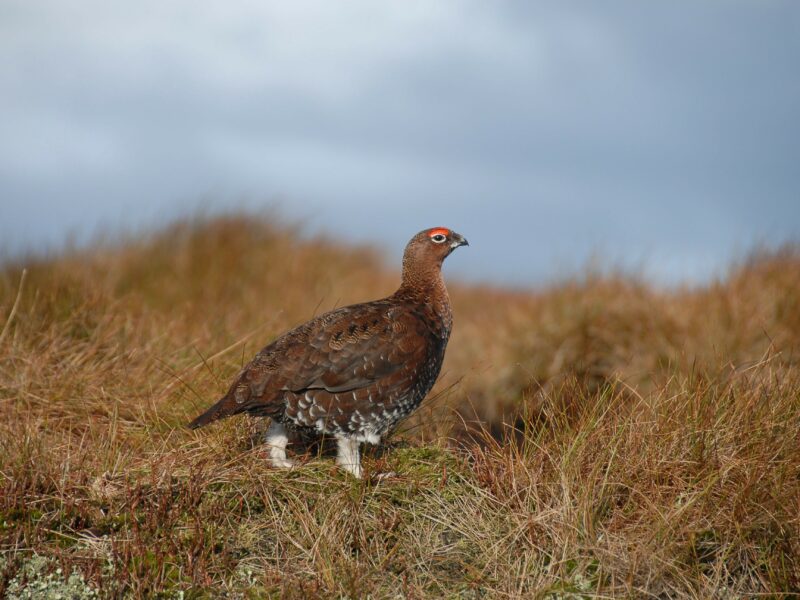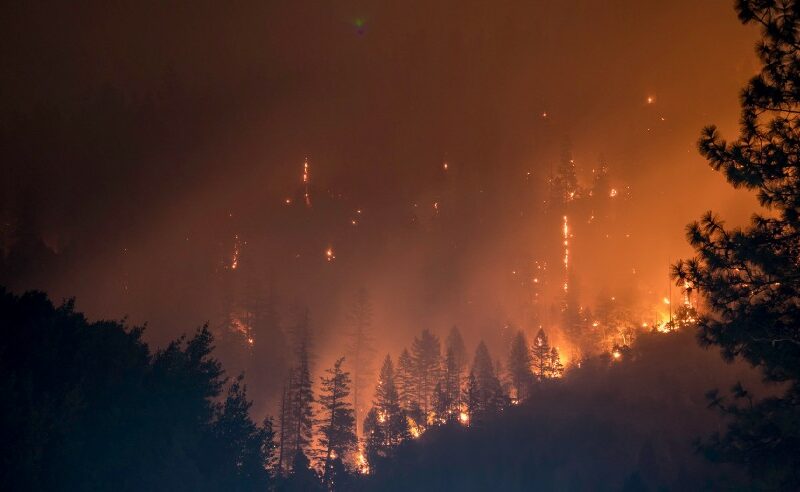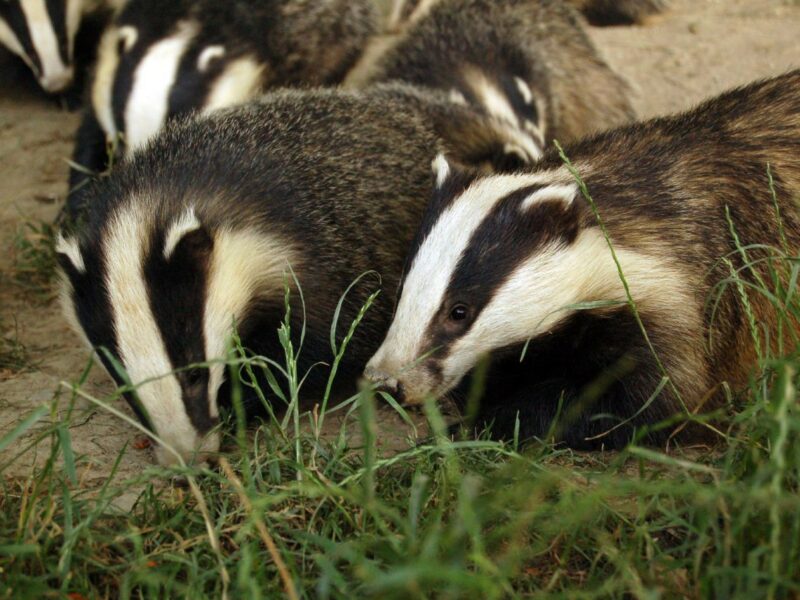*Originally published 31 October 2020* Since the 1970s we’ve been slowly exterminating wildlife around us. Here are five facts about UK wildlife which are plain spooky. 1. 41% of the UK’s biodiversity has declined. The main contributors are (1) agricultural practices, (2) climate change, (3) pollution, (4) woodland management, and (5) invasive non-native species introduction for shooting. In the UK, 72% of the land is managed for agriculture — devastating natural habitats everywhere. Climate change has caused the Kittiwake (gull) population to reduce by 70% and the Department for Food and Rural Affairs (DEFRA) has been releasing and is due to release 50 million non-native birds to British natural sites each year. This is purely for fun — shooting as a sport — but the impacts are[…]
Animal Rebellion Prepares for a Terrifying Halloween — Climate Justice Movement Demonstrates Against Grouse Shooting
*Originally published 29 October 2020* Have you heard of The Butterfly Effect? No, not the Ashton Kutcher movie but the theory itself. It goes back to 1800, in The Vocation of Man, Johann Gottlieb Fichte says “you could not remove a single grain of sand from its place without thereby … changing something throughout all parts of the immeasurable whole”. The same can be said for our ecosystem- push one section of our natural world too far and the effects can be untold. This Hallo-week, climate justice movements: Animal Rebellion and Extinction Rebellion, are demonstrating to the British and Scottish governments the need to impose legislation that will protect and uphold our homes, habitats and country. This will happen by marking[…]
As Forests Burn, Our Voices Must Be Twice as Loud
*Originally published 31 December 2019* Ever since one certain animal has found a way to start fires, it has become their main tool for creating warmth, cooking food and keeping darkness at bay. But as with some other advances associated with our civilisation and technology, it has simultaneously become our favourite weapon of mass destruction and to this day, it still is. Millennia ago, we used fire to do the dirty work of mass-erasing nature off the surface of this planet, only this time there is not so much left to burn, comparatively. And just as during the first pages of the human’s pastoral history, the most likely reason for burning nature is to give way to animal agriculture, whether it is[…]
Rebel for the… Badgers? Animal Agriculture’s Lesser-Known Impact on Biodiversity
*Originally published 28 September 2019* Ask someone in the street for their views on dolphins, tigers or polar bears — used the world over to symbolise majesty and grace — and you’ll likely be met with an enthusiastic, awed response. But cows? Sheep? Chickens? Not so much. Wild animals somehow elicit more passion in people. We all feel we have a stake in nature; wildlife is viewed by most people as part of ‘their’ world, something that ‘belongs’ in a sense to us all. Wildlife visits our gardens and is seen in our fields and on our streets, whereas the 10.6 million pigs farmed annually in the UK are rarely seen. As Compassion in World Farming chief executive Philip Lymbery[…]



